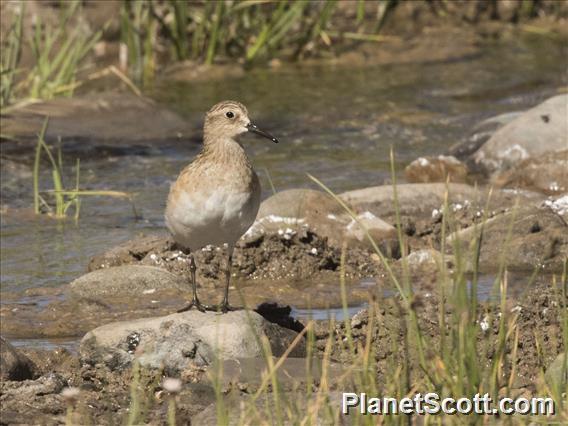Baird's Sandpiper (Calidris bairdii)

Baird's Sandpiper (Calidris bairdii)

Baird's Sandpiper (Calidris bairdii)


×



Baird's Sandpiper (Calidris bairdii)

Baird's Sandpiper (Calidris bairdii)
About Baird's Sandpiper (Calidris bairdii)
- Kingdom: Animals
- Phylum: Chordates
- Class: Birds
- Order: Pelicans
- Family: Sandpipers and Allies
Baird's sandpiper is a small shorebird. It is among those calidrids which were formerly included in the genus Erolia, which was subsumed into the genus Calidris in 1973. The genus name is from Ancient Greek kalidris or skalidris, a term used by Aristotle for some grey-coloured waterside birds. The English name and specific bairdii commemorate Spencer Fullerton Baird, 19th-century naturalist and assistant secretary of the Smithsonian Institution.
Source: Wikipedia
Visits
-
2007-08-23
Crissy Field, United States of America -
-
-
-
-



